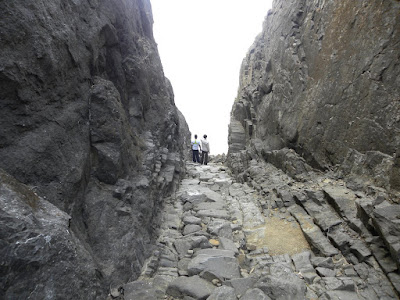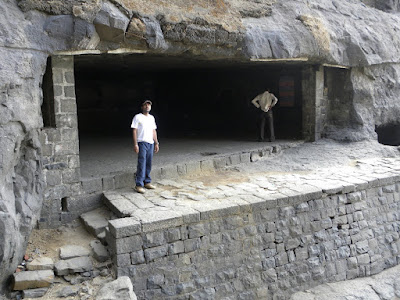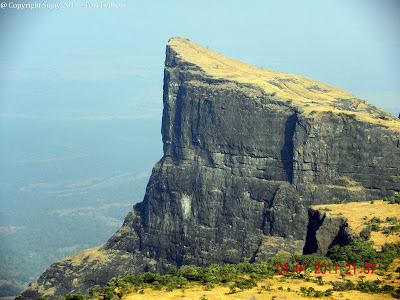The temple of Dholya Ganapati is located along the Krishna River in wai village near mahableshwar. This place is really beautiful, you always find the river side ghaat busy with people, few of them come here for washing cloths, children trying their swimming, tourist observing this human created situation and wondering how this place is still make the difference.






























